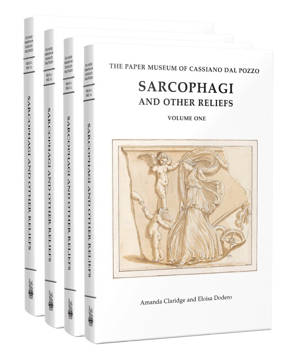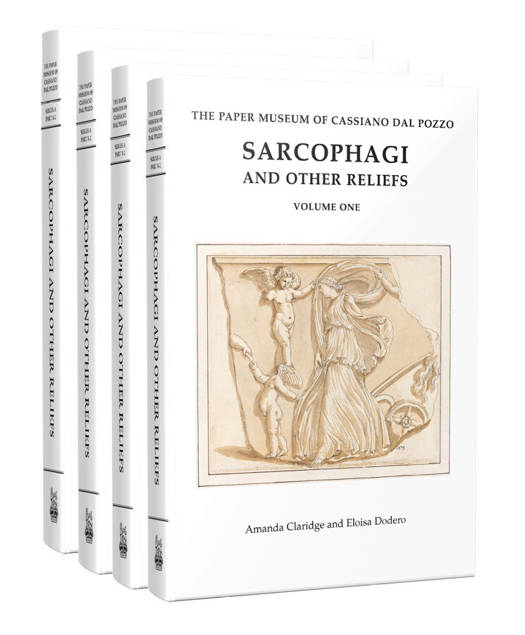
- Retrait gratuit dans votre magasin Club
- 7.000.000 titres dans notre catalogue
- Payer en toute sécurité
- Toujours un magasin près de chez vous
- Retrait gratuit dans votre magasin Club
- 7.000.000 titres dans notre catalogue
- Payer en toute sécurité
- Toujours un magasin près de chez vous
498,95 €
+ 997 points
Description
The 1,055 drawings catalogued in these four volumes are mainly divided between the Royal Library at Windsor Castle and the Department of Greece and Rome of the British Museum, but are also scattered in other public and private collections across the world. They correspond most closely to Cassiano's definition of the Paper Museum as his attempt to have 'skilled young draughtsmen' draw 'everything good in marbles and bronze which can provide some information about antiquity'. He focused in the first instance on the ancient figurative reliefs which are especially abundant in the city of Rome, carved on marble sarcophagi, tombstones, altars, bases and a wide range of other monuments. The drawings depict both the public reliefs of the city - such as those on the Arch of Constantine or the Column of Marcus Aurelius - and those from the major Roman private collections of the period, including the Aldobrandini, Borghese, Medici, Farnese, Barberini and Giustiniani collections. Cassiano started the project in the 1620s with the intention of publishing the drawings as a series of prints. No printed edition ever came to pass, but the drawings collection expanded with still greater energy in the 1630s, when Pietro Testa and other young artists from the circle of Pietro da Cortona were employed. After Cassiano's death in 1657 the enterprise was carried forward by his younger brother Carlo Antonio, who continued to collect drawings of sarcophagi and reliefs well into the 1680s. Sixteenth-century purchases were also made for the collection, including works by Battista Franco and Pirro Ligorio. Four introductory essays explore the context in which the project evolved and discuss the collecting history of the Paper Museum as attested by the mounts and numbering found on many of the drawings. The range of different hands at work are identified, and a detailed survey is provided of the existing albums or the past configurations of others now dismembered.
Spécifications
Parties prenantes
- Auteur(s) :
- Editeur:
Contenu
- Nombre de pages :
- 1794
- Langue:
- Anglais
Caractéristiques
- EAN:
- 9781912554560
- Date de parution :
- 01-09-22
- Format:
- Livre relié
- Format numérique:
- Genaaid
- Poids :
- 93793 g







